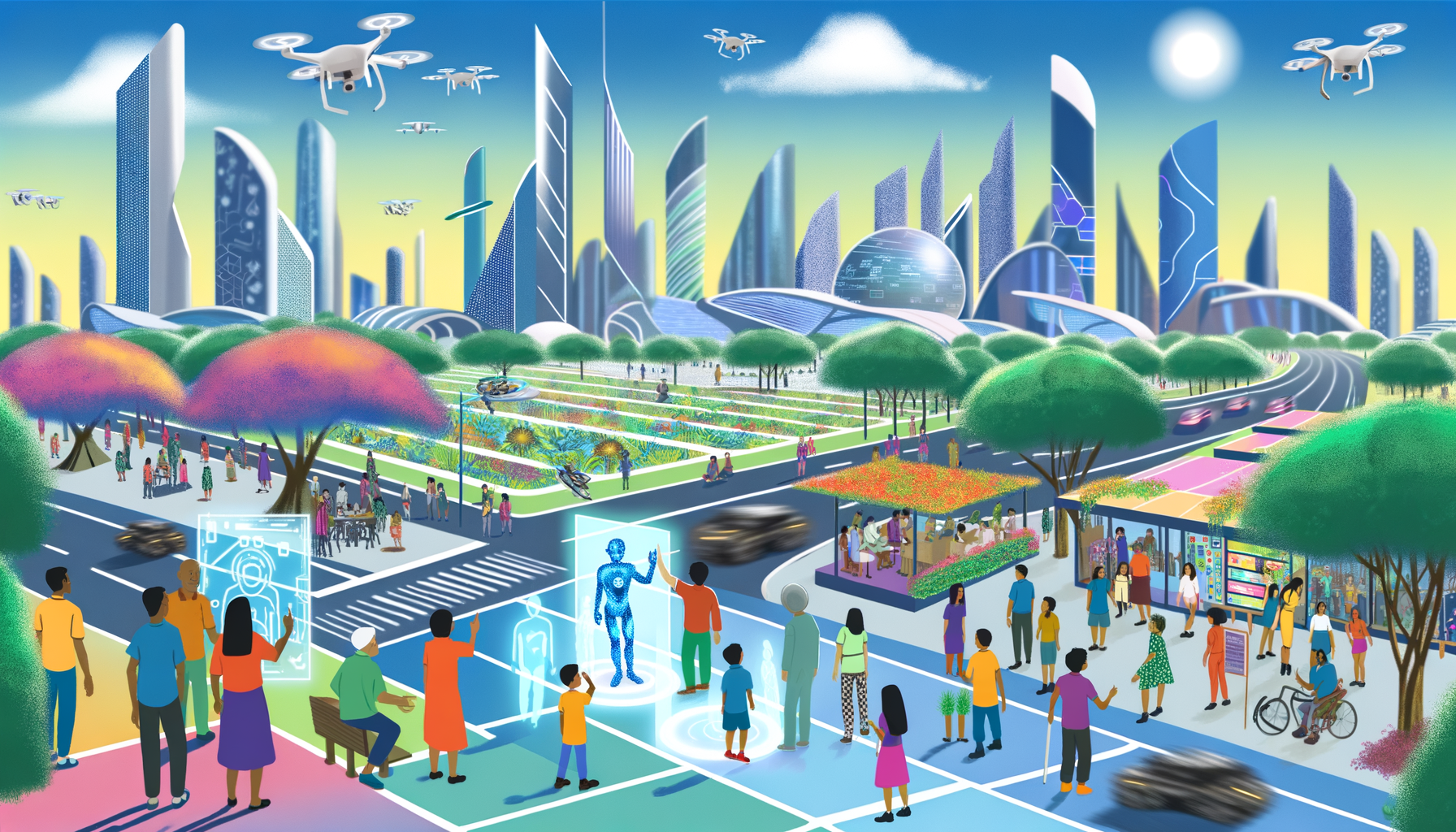AI Landscape in the Philippines 2025: Insights and Innovations
As we step into the future, the conversation around artificial intelligence (AI) continues to evolve, especially in dynamic nations like the Philippines. The landscape of AI is set to transform dramatically by 2025, bringing both excitement and concerns. This post explores the anticipated innovations, opportunities, and challenges that lie ahead.
Understanding AI: What Is It?
Before diving into the future, let’s quickly clarify what artificial intelligence really means. Simply put, AI refers to computer systems that can perform tasks that typically require human intelligence. These tasks include problem-solving, understanding language, and recognizing patterns. Think of AI like a smart assistant that can learn and improve over time.
The Promise of AI in the Philippines
The Philippines is poised to become a significant player in the AI field for several reasons:
- A Young and Tech-Savvy Population: With a median age of just 25, the Filipino workforce is adapting quickly to technological advancements. Young professionals are eager to learn new skills, especially in programming and data science.
- Government Support: The Philippine government has recognized the importance of AI, creating initiatives and policies to foster innovation. The Department of Information and Communications Technology (DICT) has launched programs promoting AI research and development.
- Growing Start-Up Ecosystem: The local start-up scene is thriving, with numerous companies harnessing AI technologies to tackle various problems, from healthcare to agriculture.
Key Innovations to Watch For
As we look ahead to 2025, several exciting innovations in AI are set to emerge in the Philippines:
1. AI in Healthcare
Imagine a world where doctors can diagnose diseases with unmatched accuracy thanks to AI. In the Philippines, this is becoming a reality. With AI algorithms analyzing data from numerous patients, healthcare professionals can make informed decisions quickly. As Dr. Maria Santos, a local healthcare innovator states, “AI has the potential to save lives by providing early diagnosis and personalized treatment plans.”
2. Agricultural Revolution
The Philippine agriculture sector is vital for the economy, and AI can transform it dramatically. Advances in machine learning can help farmers predict weather patterns, manage crops more efficiently, and detect pests early. This level of precision can lead to higher yields and improved food security.
3. AI-Powered Education
In the realm of education, AI can tailor learning experiences for students. Imagine lessons customized based on each child’s unique learning style! Tools powered by AI can assess students’ strengths and weaknesses, offering personalized resources to enhance their studies.
The Challenges Ahead
While there’s much to be excited about, we must also acknowledge the challenges that come with these advancements:
1. Job Displacement
As AI takes on more tasks, there’s a valid concern about job displacement. For many, the fear is that machines will replace human workers. However, it’s essential to recognize that AI can also create new job categories and opportunities. The key lies in reskilling the workforce to thrive in a tech-driven environment.
2. Ethical Considerations
AI brings with it ethical questions about data privacy, bias in algorithms, and accountability. As we adopt AI solutions, ensuring that systems are transparent and fair is crucial. It’s vital that the Philippine government and organizations work together to establish guidelines that protect the rights of individuals.
3. Infrastructure Needs
The success of AI in the Philippines also hinges on robust digital infrastructure. Many areas still face connectivity issues. Investing in technology infrastructure is necessary to ensure that every Filipino can participate in the digital economy.
The Road to 2025: Community Involvement and Innovation
Looking ahead, the role of the community in shaping the AI landscape cannot be overstated. Engaging in discussions, competitions, and hackathons related to AI can spark creativity and drive innovation. Universities, tech hubs, and local businesses need to collaborate to foster an environment conducive to experimentation and growth.
As tech enthusiasts join hands to build a brighter future with AI, the potential for transformation is endless. The arrival of AI technologies in everyday life can lead to substantial improvements in our standard of living, from smarter cities to enhanced public services.
The Conclusion: Embracing the AI Future
In summary, the AI landscape in the Philippines by 2025 promises to be an exhilarating journey filled with challenges and opportunities. By nurturing a culture of innovation and inclusivity, the Philippines can embrace AI advancements that benefit everyone. Whether through the healthcare sector, education, or agriculture, the future of AI holds immense potential. As we move forward, let’s focus on working collectively to turn this potential into reality.
Remember: AI is not just about technology; it’s about how we use it to enhance human life.


